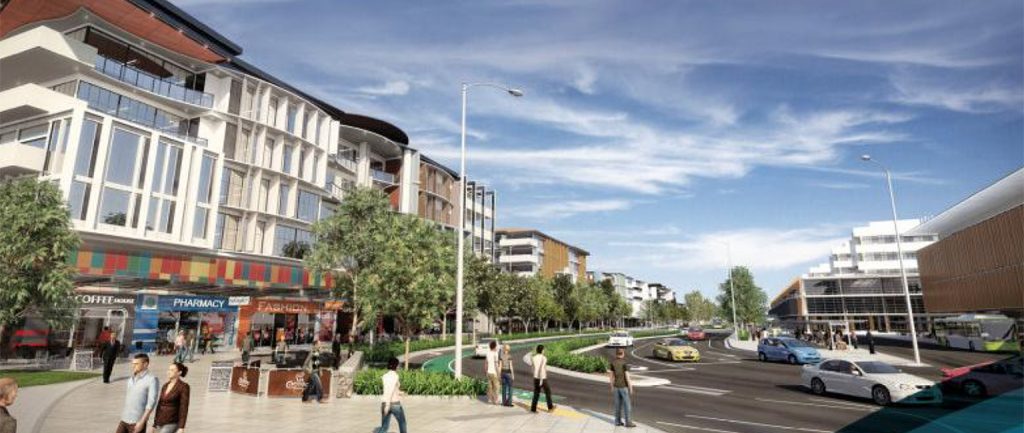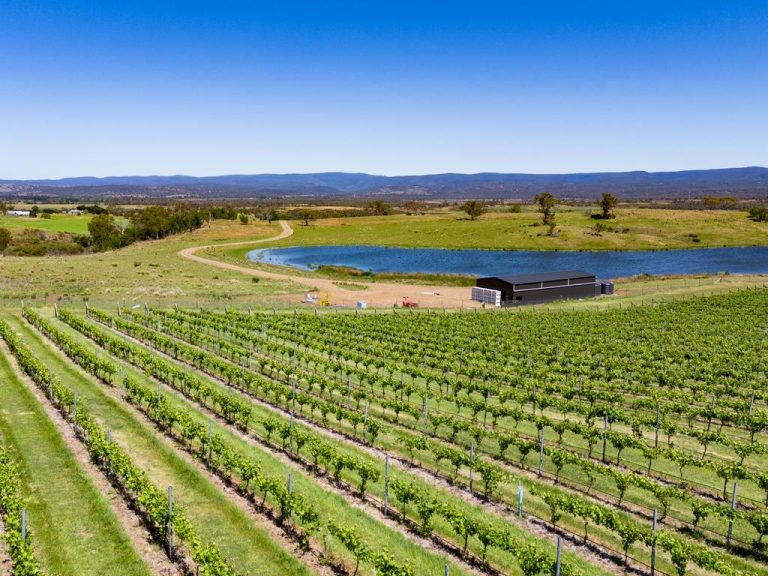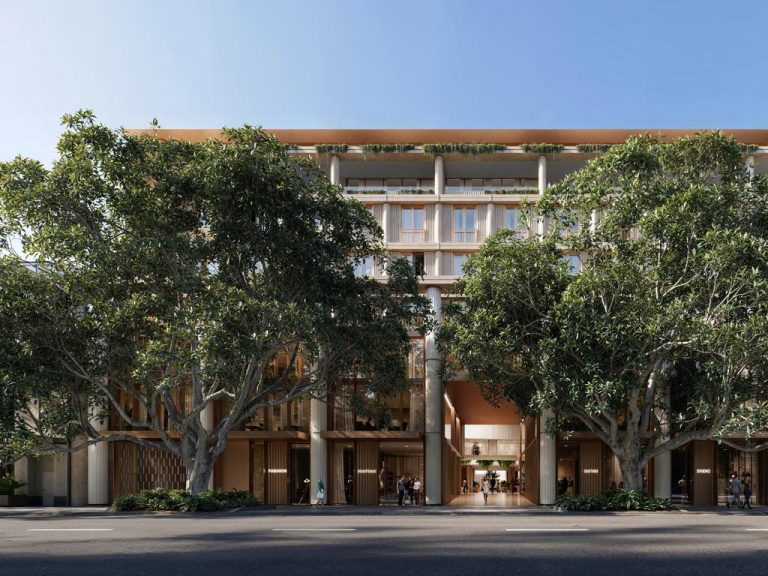Development sites released at Oceanside Health Hub

The Sunshine Coast’s property market is preparing for its own version of Australia’s “mining boom”, as the development of the region’s $5.3 billion Oceanside Health Hub gathers pace.
With the new 100ha health and residential precinct under construction at Birtinya, between Mooloolaba and Caloundra, the surrounding area is bracing for up to 16,000 new residents, according to research undertaken by Urbis.
And property agents say they’re expecting developers to come calling, after the Health Hub’s Master Developer Stockland released residential development sites suitable for apartments, townhouses, short-term accommodation and aged care onto the market.
The sites are being marketed by Colliers International and Savills and have the potential to cater for developments yields of between 30 and 220 units, in a bid to provide enough housing for the Health Hub’s new workforce.
The master planned community is to include the Health Hub, public and private hospitals and the research-based Kawana Health Innovation Park, along with a significant residential component.

The Birtinya site is part of a 100ha master planned Health Hub and residential community.
An Urbis report shows the population within the Oceanside Health Hub catchment area is set to jump by 2.8% over the next 20 years, compared with 2.2% in the wider Sunshine Coast area and 1.1% in Brisbane.
Savills’ Director of Health Projects, Dustin Welch, says it has been some time since large scale development opportunities have been offered on the Sunshine Coast.
“There are opportunities for the traditional local developers and builders but there’s also the opportunity to bring back the larger developers, who perhaps haven’t been active on the Sunshine Coast for some time,” Welch says.
“They haven’t been active largely because of economic perceptions but also because the allowable densities on most of the sites here are quite small. You need something a bit more tangible and that’s what we’re offering.”
The lack of significant apartment developments has also shielded the Sunshine Coast from the downturn in apartment values that parts of Sydney, Melbourne and Brisbane are currently experiencing, Welch says.
According to the Urbis report, median unit prices in the Oceanside catchment continued to climb during the December quarter, while prices in the major capital cities dipped.

Oceanside will feature a significant residential component.
“We just do not have an oversupply issue and the Urbis research supports this,” Welch says.
“In the past six or seven years there’s barely been 500 apartments delivered in that time. It’s been a combination of being difficult to gain access to sites – the Sunshine Coast is a precinct that doesn’t allow copious high rise apartment buildings – and I think that’s now to its advantage and to these sites’ advantage,” Welch says.
Colliers International’s Senior Executive – Special Projects, Baydn Dodds, says developer interest is expected to also be driven by the cash injection the medical workforce will bring to the region.
The Urbis report says Health Hub workers are slated to earn an average salary of more than $92,000, well above the Sunshine Coast’s median wage of just under $57,000.
“The Sunshine Coast University Public Hospital opens in April 2017 with 3500 staff and these workers will be earning significantly more than the average Sunshine Coast wage,” Dodds says, adding that the land will hold additional appeal to developers due to the streamlined approval process and discounted infrastructure charges.
“The options for residential accommodation in the Oceanside Precinct are running out quickly with standard housing lots forecast to be sold out in early 2017. Buyers looking to purchase in the area will need to consider higher density options, which will further support the viability of these sites.”







